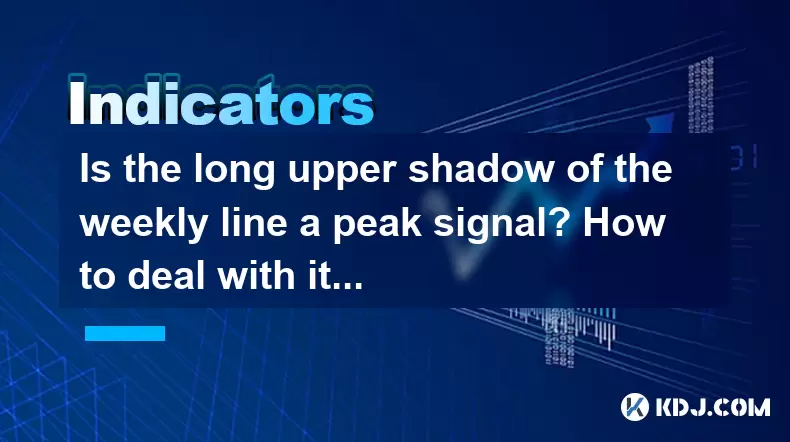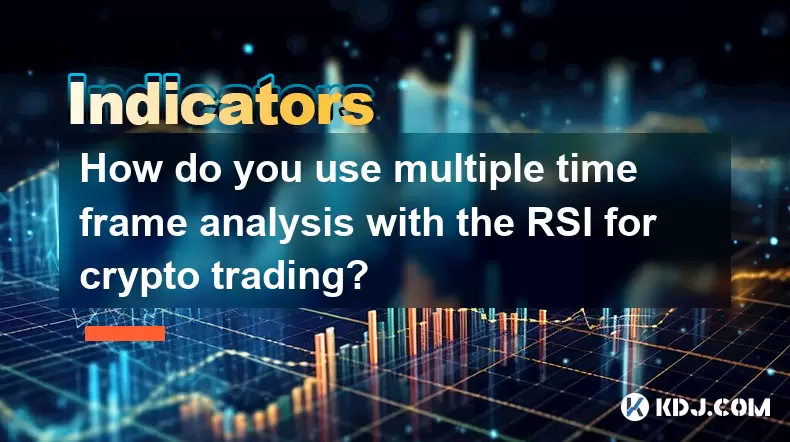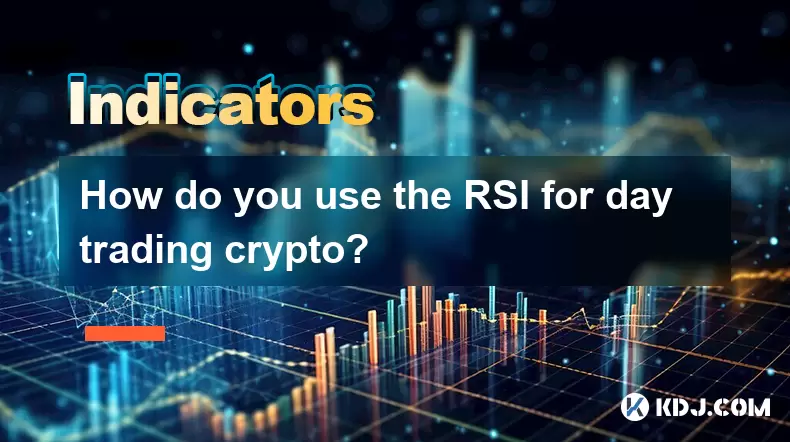-
 Bitcoin
Bitcoin $118400
0.47% -
 Ethereum
Ethereum $3836
2.20% -
 XRP
XRP $3.157
2.98% -
 Tether USDt
Tether USDt $0.9999
-0.03% -
 BNB
BNB $801.5
1.31% -
 Solana
Solana $180.9
2.07% -
 USDC
USDC $0.9999
-0.02% -
 Dogecoin
Dogecoin $0.2225
2.50% -
 TRON
TRON $0.3285
-1.02% -
 Cardano
Cardano $0.7789
2.60% -
 Hyperliquid
Hyperliquid $43.60
2.39% -
 Sui
Sui $3.892
4.41% -
 Stellar
Stellar $0.4229
3.34% -
 Chainlink
Chainlink $18.01
3.98% -
 Hedera
Hedera $0.2745
6.77% -
 Bitcoin Cash
Bitcoin Cash $582.3
3.38% -
 Avalanche
Avalanche $23.77
1.04% -
 Ethena USDe
Ethena USDe $1.001
0.01% -
 Toncoin
Toncoin $3.493
3.59% -
 Litecoin
Litecoin $110.0
2.48% -
 UNUS SED LEO
UNUS SED LEO $8.936
-0.37% -
 Shiba Inu
Shiba Inu $0.00001304
2.49% -
 Uniswap
Uniswap $9.999
1.09% -
 Polkadot
Polkadot $3.897
3.26% -
 Monero
Monero $308.6
-0.83% -
 Dai
Dai $0.9999
-0.01% -
 Bitget Token
Bitget Token $4.504
-0.04% -
 Pepe
Pepe $0.00001154
2.95% -
 Cronos
Cronos $0.1471
3.06% -
 Ethena
Ethena $0.6691
19.53%
Is the long upper shadow of the weekly line a peak signal? How to deal with it?
A long upper shadow on a weekly crypto chart signals strong selling pressure after a price rally, often hinting at a potential trend reversal or consolidation.
Jun 21, 2025 at 03:35 pm

Understanding the Long Upper Shadow in Weekly Candlestick Charts
In cryptocurrency trading, weekly candlestick charts play a critical role in identifying long-term trends and potential reversal signals. One such pattern that often raises questions among traders is the appearance of a long upper shadow on the weekly line. This formation typically indicates that the price rose significantly during the week but was met with strong selling pressure, pushing it back down toward the closing level.
The presence of a long upper shadow can be interpreted as a bearish signal, especially when it appears after a prolonged uptrend. It suggests that buyers attempted to push prices higher but were overwhelmed by sellers, which could imply an impending reversal or at least a pause in the upward movement.
What Does a Long Upper Shadow Indicate in Crypto Markets?
In the context of cryptocurrencies like Bitcoin or Ethereum, volatility is a defining characteristic. A long upper shadow on the weekly chart may indicate several things:
- Resistance levels being tested: The price tried to break through a key resistance zone but failed.
- Profit-taking behavior: Institutional and large retail investors might be locking in gains after a rally.
- Market sentiment shift: Bulls lose control, and bears start gaining traction.
This candlestick pattern becomes more significant when it forms near previous resistance areas or Fibonacci extension levels. In crypto markets, where sentiment plays a crucial role, such patterns are often followed by sharp corrections or consolidation phases.
How to Confirm Whether It's a Reversal Signal
Not every long upper shadow leads to a trend reversal. Traders must use additional tools and indicators to confirm whether this pattern truly signals a top or if it’s just a temporary pullback. Here are some methods to verify the validity of the signal:
- Volume analysis: If the volume during the formation of the long upper shadow is significantly higher than average, it reinforces the idea that selling pressure is increasing.
- Moving averages: Check whether the price has crossed below key moving averages like the 50-week or 200-week MA.
- RSI divergence: Look for bearish divergence on the RSI indicator — if price makes a new high but RSI does not, it’s a warning sign.
- Support level testing: Observe how the price reacts when revisiting the body of the candle with the long upper shadow. A breakdown below this level may confirm weakness.
Each of these confirmation techniques adds depth to the interpretation of the candlestick pattern, helping traders avoid false signals.
Practical Trading Strategies When Facing a Long Upper Shadow
When a long upper shadow appears on the weekly chart, traders should consider adjusting their positions based on market structure and personal risk tolerance. Below are actionable steps that can be taken:
- Reduce long exposure: If you're holding long positions and the market shows signs of topping out, it’s prudent to scale out gradually rather than waiting for a full collapse.
- Set trailing stops: For those who still believe in the trend but want protection, placing a trailing stop beneath recent swing lows can help lock in profits.
- Look for shorting opportunities: If other technical indicators align, consider initiating short trades once the price breaks below the low of the candle with the long upper shadow.
- Monitor macro developments: Cryptocurrencies are sensitive to regulatory news, macroeconomic data, and global events. Always assess whether the pattern coincides with external factors that could influence the market.
These strategies are designed to manage risk effectively while staying flexible in volatile conditions.
Historical Examples from Major Cryptocurrencies
Looking back at historical data from major cryptocurrencies provides useful context for understanding how a long upper shadow behaves in real market scenarios.
- Bitcoin (BTC) in July 2021: After reaching nearly $65,000 earlier in the year, BTC formed a massive weekly candle with a long upper shadow around $33,000. This marked a temporary top before a deeper correction began.
- Ethereum (ETH) in November 2021: ETH also exhibited similar candlestick formations during its run-up to all-time highs. These candles acted as early warnings before the broader market correction set in.
- BNB in March 2022: BNB showed a pronounced long upper shadow on the weekly chart shortly before a multi-month downtrend started.
Analyzing these past occurrences helps traders recognize the pattern and prepare accordingly without relying solely on theoretical models.
Frequently Asked Questions
- Can a long upper shadow appear during a bullish trend without signaling a reversal?
Yes, it can occur during healthy bull markets as part of natural price action. What matters most is the subsequent price behavior and whether support levels hold. - Is the long upper shadow more reliable on certain timeframes?
The weekly timeframe tends to offer more reliable signals compared to shorter intervals due to reduced noise and increased institutional participation. - Should I always close my position if I see a long upper shadow?
No, not necessarily. Depending on your strategy, you may choose to reduce exposure, hedge, or wait for further confirmation instead of exiting entirely. - How does the long upper shadow differ from a shooting star pattern?
While both have similar appearances, the shooting star occurs specifically after a downtrend and signals a potential reversal, whereas a long upper shadow can form anywhere and needs contextual analysis.
Disclaimer:info@kdj.com
The information provided is not trading advice. kdj.com does not assume any responsibility for any investments made based on the information provided in this article. Cryptocurrencies are highly volatile and it is highly recommended that you invest with caution after thorough research!
If you believe that the content used on this website infringes your copyright, please contact us immediately (info@kdj.com) and we will delete it promptly.
- SEC, Crypto, and Securities: Navigating the New Frontier
- 2025-08-01 05:10:12
- Cardano (ADA) Market Cap: Can It Compete with Emerging Cryptocurrencies and Meme Coins?
- 2025-08-01 04:30:12
- SEC, Crypto, and On-Chain: Navigating the Regulatory Maze
- 2025-08-01 02:31:40
- Jito Labs, Solana, and Liquid Staking: Riding the Wave of Innovation
- 2025-08-01 03:50:12
- Perpetual DEX: Navigating Onchain Trading and Solving Core Problems, a NY Perspective
- 2025-08-01 03:57:53
- Bitcoin Bullish Market: How Long Positions are Boosting the Crypto King
- 2025-08-01 02:35:33
Related knowledge

How do you use multiple time frame analysis with the RSI for crypto trading?
Aug 01,2025 at 05:19am
Understanding the Role of RSI in Crypto TradingThe Relative Strength Index (RSI) is a momentum oscillator that measures the speed and change of price ...

How can you use the RSI to determine exit points in crypto trades?
Aug 01,2025 at 04:29am
Understanding the Role of RSI in Crypto TradingThe Relative Strength Index (RSI) is a momentum oscillator widely used in the cryptocurrency market to ...

How do you use the RSI for day trading crypto?
Aug 01,2025 at 05:26am
Understanding the RSI in Cryptocurrency TradingThe Relative Strength Index (RSI) is a momentum oscillator that measures the speed and change of price ...

What does it signify when the MACD crosses below the zero line?
Aug 01,2025 at 01:43am
Understanding the MACD IndicatorThe Moving Average Convergence Divergence (MACD) is one of the most widely used technical analysis tools in the crypto...

How does the MACD histogram show momentum?
Aug 01,2025 at 01:16am
Understanding the MACD Histogram and Its Role in Cryptocurrency TradingThe MACD histogram is a visual representation of the difference between the MAC...

What is a MACD crossover?
Jul 31,2025 at 11:52pm
Understanding the Role of Private Keys in Cryptocurrency SecurityIn the world of cryptocurrency, private keys are the cornerstone of ownership and con...

How do you use multiple time frame analysis with the RSI for crypto trading?
Aug 01,2025 at 05:19am
Understanding the Role of RSI in Crypto TradingThe Relative Strength Index (RSI) is a momentum oscillator that measures the speed and change of price ...

How can you use the RSI to determine exit points in crypto trades?
Aug 01,2025 at 04:29am
Understanding the Role of RSI in Crypto TradingThe Relative Strength Index (RSI) is a momentum oscillator widely used in the cryptocurrency market to ...

How do you use the RSI for day trading crypto?
Aug 01,2025 at 05:26am
Understanding the RSI in Cryptocurrency TradingThe Relative Strength Index (RSI) is a momentum oscillator that measures the speed and change of price ...

What does it signify when the MACD crosses below the zero line?
Aug 01,2025 at 01:43am
Understanding the MACD IndicatorThe Moving Average Convergence Divergence (MACD) is one of the most widely used technical analysis tools in the crypto...

How does the MACD histogram show momentum?
Aug 01,2025 at 01:16am
Understanding the MACD Histogram and Its Role in Cryptocurrency TradingThe MACD histogram is a visual representation of the difference between the MAC...

What is a MACD crossover?
Jul 31,2025 at 11:52pm
Understanding the Role of Private Keys in Cryptocurrency SecurityIn the world of cryptocurrency, private keys are the cornerstone of ownership and con...
See all articles

























































































